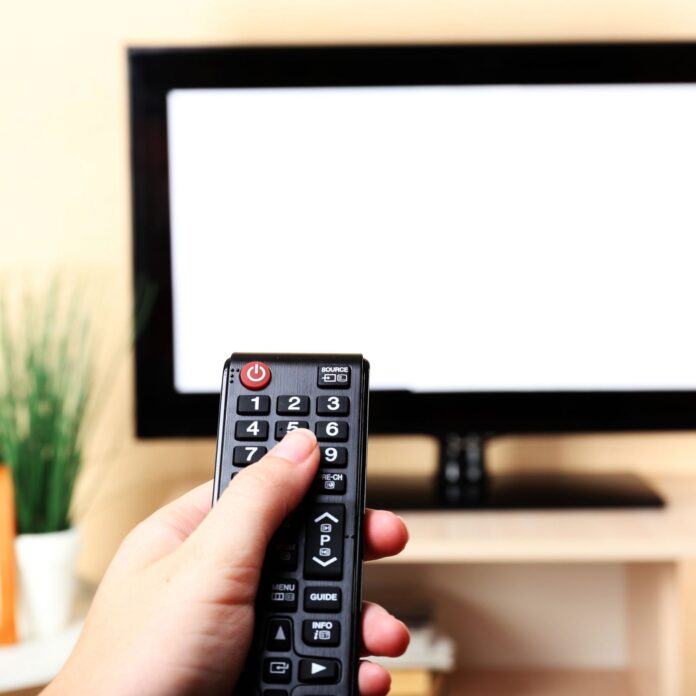Emphasizes the importance of providing customers with time-shifted content
NEW ORLEANS – As cable and telecommunications companies continue to look increasingly alike, Ericsson has plans to capitalize with a new access point unveiled this week at the SCTE Cable-Tec Expo.
Let’s look at Time Warner Cable and Comcast as prime examples of convergence.
In June, Time Warner Cable hit a Wi-Fi network milestone by offering customers access to more than 400,000 hot spots run by Time Warner Cable and Internet service provider partners. For Comcast, the pay-TV player operates more than 8 million Wi-Fi hot spots, including some public hot spots that are built into customers’ home hot spots.
In both cases, customers of the cable companies can connect to the Wi-Fi network – covering both indoor and outdoor spaces – providing an added value in the fiercely competitive space.
Swedish telecom vendor Ericsson has evolved its BelAir 100SNE to better service cable market demand for better outdoor access equipment. That evolution resulted in the 802.11ac Wave 2 AP 6335.
Head of Wi-Fi at Ericsson, Paul Challoner, said this new solution is tailored to support both service provider and customer needs.
“This robust, high-performance outdoor access point will meet the complex and stringent requirements of cable operators and enable them to meet the demand of data-hungry, Wi-Fi consumers,” Challoner said.
The new access point is equipped with Passpoint Release 2.0 and IPv6 and supports all Federal Communications Commission regulated channels. The company is looking to benefit from the continued expansion of Wi-Fi networks, particularly in dense metropolitan areas, by cable operators.
Wi-Fi provisioning is just the tip of the iceberg regarding the work Ericsson does with cable companies. The equipment company provides numerous other solutions ranging from content delivery networks to set-top boxes.
The company recently put out the Ericsson ConsumerLab TV and Media report, which hones in on viewer habits including the prevalence of time-shifted content.
Sarah Paris-Mascick, an Ericsson media blogger who recently called time-shifted content a “consumer necessity. Today’s subscribers expect any and all of their favorite content whenever they want it.”
She also points out that the preferred media interface for consumers is no longer just the television.
“Americans now own four digital devices on average, while the average U.S. consumer spends 60 hours a week consuming content across devices,” including TVs, smartphones, tablets and computers.
“With the greater choices in how and where they can access content, consumer viewing habits have changed dramatically,” Paris-Mascick wrote.

